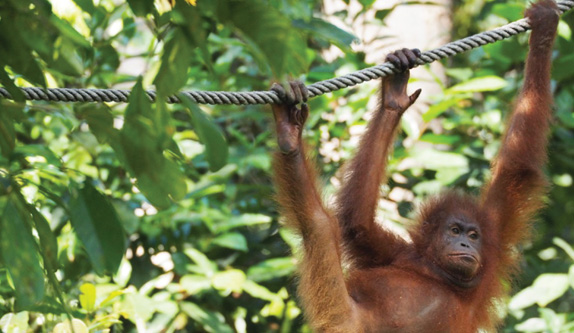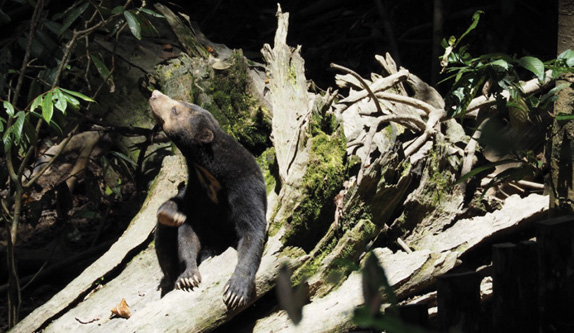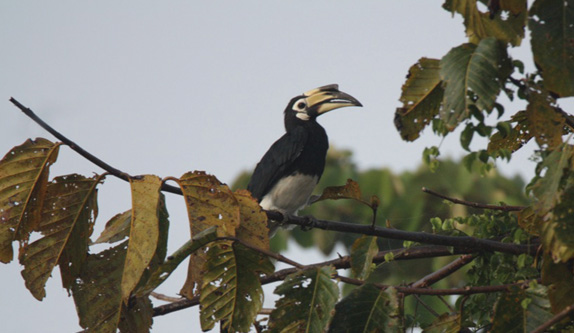Red Bull Racing’s Daniel Ricciardo hails from Perth and so considers the Formula 1 Singapore Grand Prix as one of his home races. We hear from the 28-year-old about the road to Marina Bay.
What’s the morale like within the team?
It’s strong. I think after the start of the season, like testing and the first couple of races, everyone was a bit down, a bit frustrated as it looked like another kind of long season ahead, if you will. But I feel like everyone has picked themselves up since then; it’s all positive for now. I think everyone’s acknowledged the position we’re in and they know that if we want to make it better for ourselves then we’ve got to put the work in and that’s also from my side as well. These cars have been a bit trickier to drive and maybe the balance isn’t perfect so I’ve got to figure it out a bit more and put the work in to make it better for myself also.
What’s your mindset like when the European season closes and you have the flyaways ahead with Singapore up first?
You kind of reset and go again for another push, one last push I guess. And Singapore requires more preparation as well because it’s normally the longest and hottest race of the year. So physically you kind of take a reset and start-up again mentally. It’s obviously nice for me going that way because it’s closer to home and I enjoy those few circuits.
Singapore will be the biggest fitness test this year. How are you feeling about that?
I think it’s a challenge I’ll certainly welcome. The last few years I’ve put emphasis on that with my training and my preparation before Singapore and I think the results I’ve shown being on the podium three years in a row shows that. So that’s an area of the sport which I feel like I thrive off. I’m not saying I’m the fittest guy on the grid or the only guy that trains but when it comes to that kind of specific training, I feel like I’m definitely putting in what I have to and making sure I’m prepared as well, if not better, than anyone. The aim is to be better prepared than everyone. It’s certainly one [race] that if a driver doesn’t quite take some of those real physical ones seriously, if they’re out enjoying their weekends more than they should, then I definitely feel it will show this year.
What do you think the event has brought to the sport?
I think since Singapore has been on the calendar, it has certainly brought interest from all over the world. It’s actually a race that everyone talks about. Obviously it’s close to home, close to Australia; you know we get a lot of Aussies flying in for that race, but also Europe and even in the States. It’s kind of like one of these iconic races now, which is pretty impressive for a track which hasn’t even hosted 10 Grands Prix yet. I think hats off to them, they do it really well. I think the weekend runs awesome and for us to kind of juggle that European time zone whilst we’re out there is unique so I think that’s cool. And the track’s built a bit of a reputation for being probably the most physical one and the longest race of the year. There’s a lot of hype and excitement that comes with that race and I certainly enjoy it on the calendar.
Was your second place last year your biggest highlight at the Marina Bay Street Circuit?
That was great. I feel like at least since I’ve been with Red Bull [Racing], and had a chance to race closer to the front, I’ve always had some good races in Singapore. But last year was cool to at least obviously keep the race going until the end and give everyone hope that maybe I’ll get him, maybe I’ll get him. But again physically that was rewarding for me to be able to push that hard until the end and show that I wasn’t fading or anything. That was a bit of a testament to the work I put in before the race also so it was rewarding, and people were like it sucks, it was a shame you didn’t win, this and that, but I was happy. I would’ve loved to have won, sure, but I definitely left Singapore feeling pretty content with how the weekend and the race went.
With thanks to FORMULA 1 SINGAPORE AIRLINES SINGAPORE GRAND PRIX










